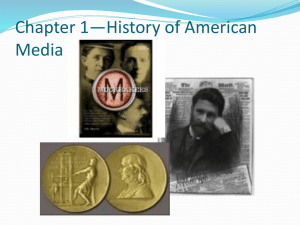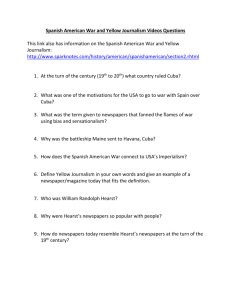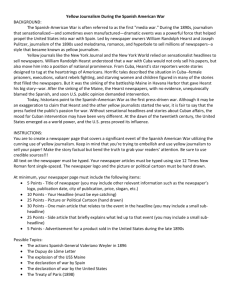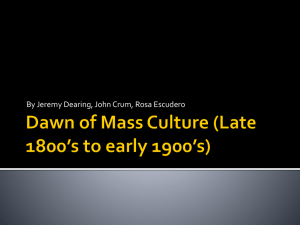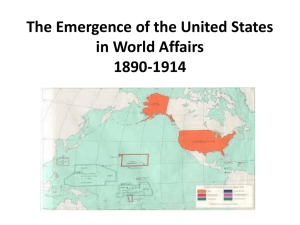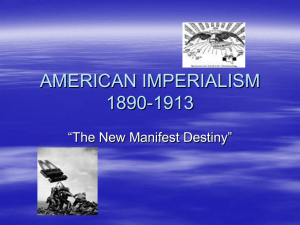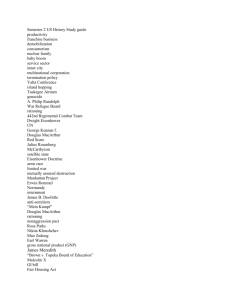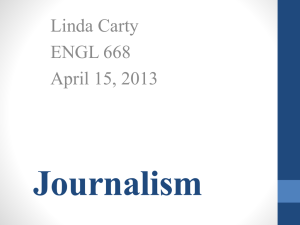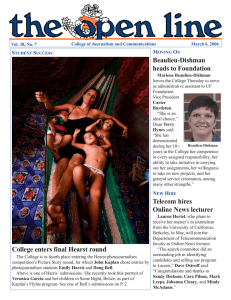Yellow Journalism
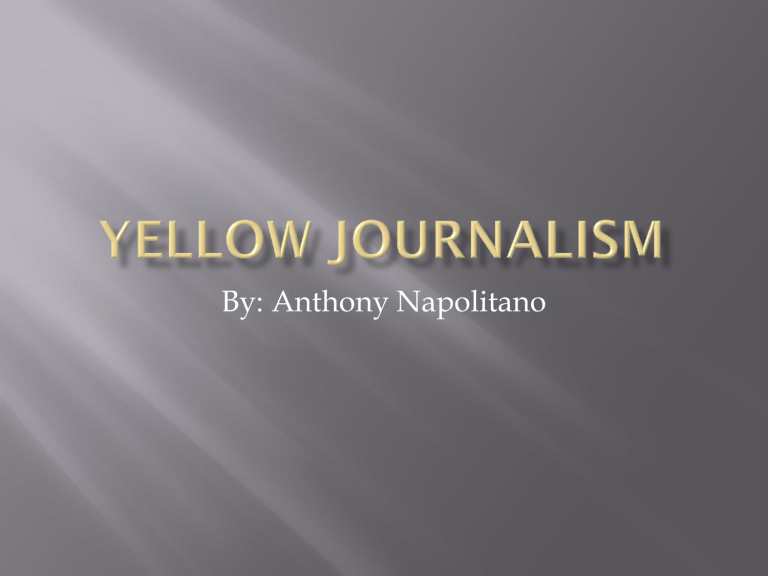
By: Anthony Napolitano
journalism that is based upon sensationalism and crude exaggeration
The term yellow journalism came from a popular New York World comic called
"Hogan's Alley," which featured a yellowdressed character named the "the yellow kid."
Yellow journalism helped to push Spain and the United States into war in 1898. The Maine, a
US battleship, sunk from an explosion. Joseph
Pulitzer and William Randolph Hearst published false articles about a plot to sink the ship, thereby increasing tensions.
The Spanish-American War was considered to be the first “media war”
During the 1890’s journalism has sensationalized and was becoming increasingly popular.
Newspaper owners William Randolph Hearst and Joseph Pulitzer would use overly dramatic events and false headlines to increase the tensions between the US and Spain.
Yellow journals like the New York Journal and the New York World relied on sensationalist headlines to sell newspapers.
William Randolph Hearst understood that a war with Cuba would not only sell his papers, but also move him into a position of national prominence.
He knew that he would have to create some good headlines to get the American people into a rage.
Historians point to the Spanish-American War as the first press-driven war. Although it may be an exaggeration to claim that Hearst and the other yellow journalists started the war, it is fair to say that the press fueled the public's passion for war
Without sensational headlines and stories about Cuban issues, the mood for Cuban intervention may have been very different.
At the dawn of the twentieth century, the
United States came out as a world power, and the U.S. press proved its influence and power.

